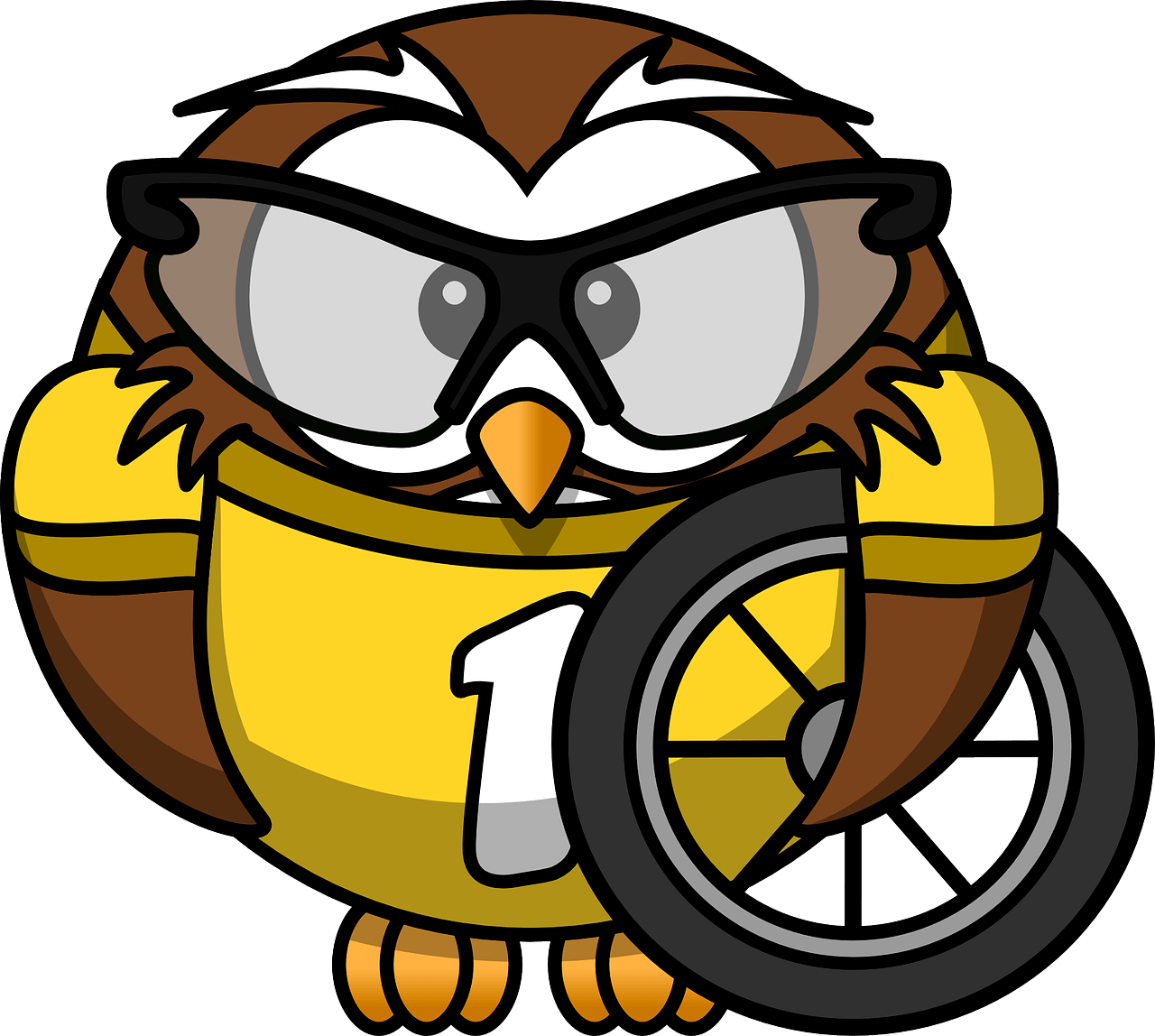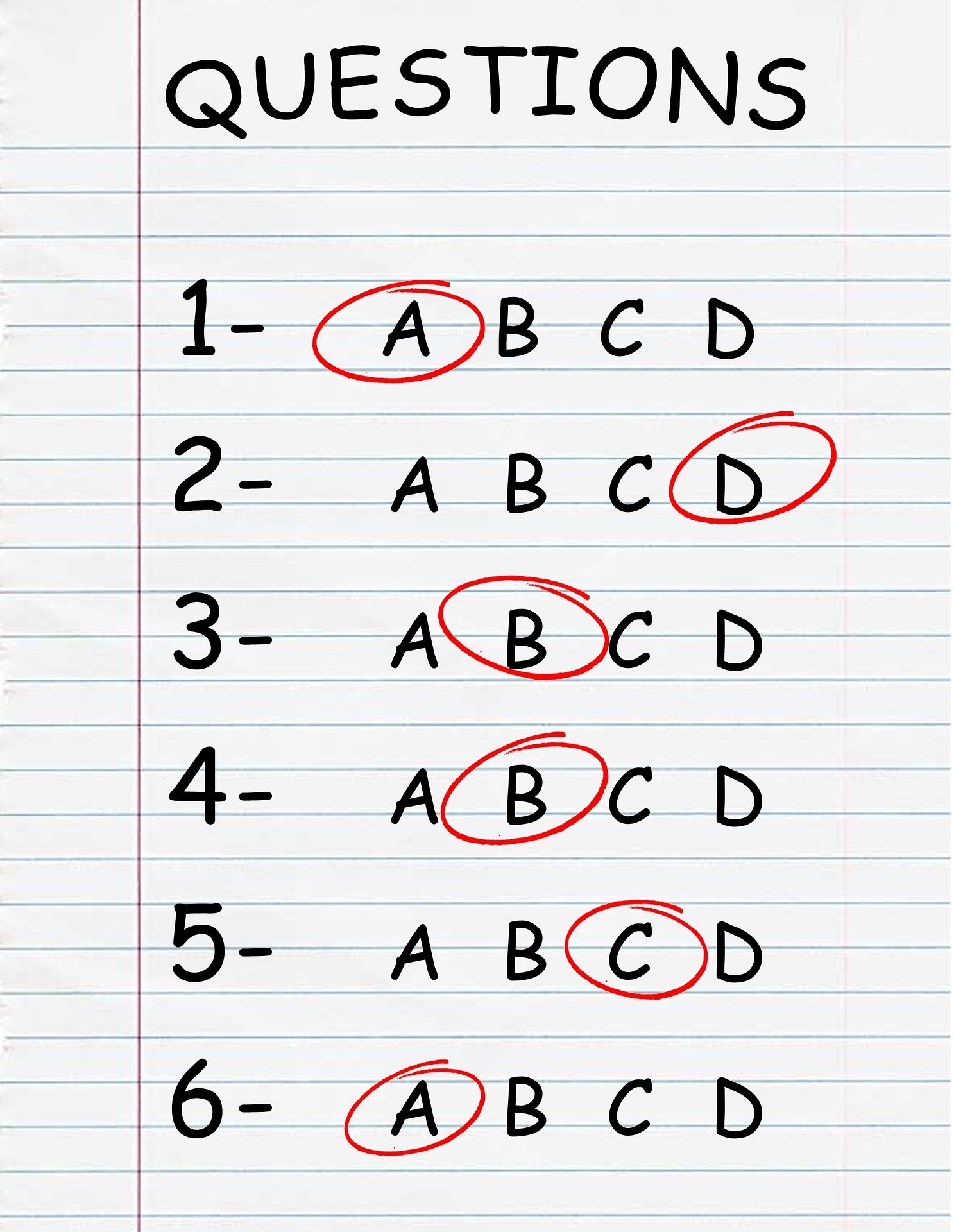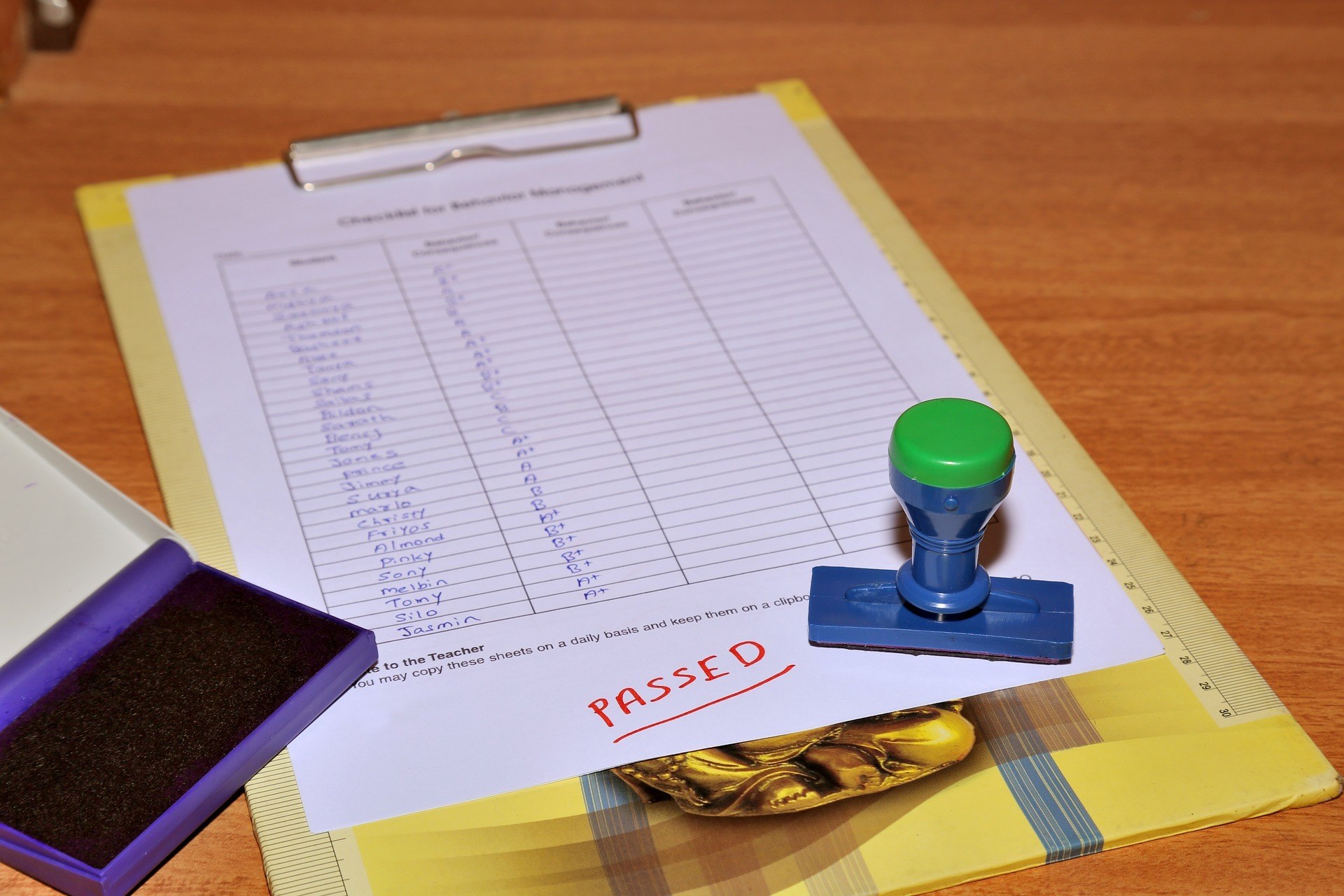Motorcycle riding is a fun and exciting method of transportation, and most new riders are eager to start exploring as soon as possible.
However, they must first get a motorcycle license or endorsement form their local Department of Motor Vehicles (DMV).
Every state requires a driving test specifically for motorcycle riders before they can legally take to the road.
Here are some tips and tricks for getting a motorcycle license:
In Advance Of The Test
Consider taking formal classes at a motorcycle driving school.
Most motorcycle driving schools teach and practice the same skills that will be necessary to pass the DMV driving test.
Furthermore, many learners find it helpful to have an objective party observing and commenting on their performance, as rehearsal for the driving test.
Study the written/practice test. Many states have a written permit process, or a written test to pass before the practical test.
The written test will cover the rules of the road, motorcycle safety, motorcycle operation, and other basic knowledge.
Most states have practice written tests available on their DMV website, so that learners can practice and study before actually taking the test.
Written Test
It's important to study the written test or the local motorcycle handbook again before taking the practical/driving test, even if the learner already has a permit.
If some time has elapsed between the written and the practical test, it may be more difficult to remember material in the handbook, but is still relevant.
The practical test will expect drivers to demonstrate knowledge covered in the written test.
Remember the rules of the road. Driving a motorcycle requires the same driving rules and etiquette as driving a car.
If necessary, brush up on road signs and local turning and signaling laws before taking the motorcycle driving test.
Practice driving. It's always a good idea to get in as much driving practice as possible in advance of the test.
Drivers should ensure that they are practicing in compliance with local road and permit laws.
It's a good idea to practice on the same motorcycle that will be used during the test, to increase familiarity and reduce anxiety during the test.
Note that a portion of most motorcycle driving tests will include maneuverability, so new riders may want to choose a smaller bike for the test to make maneuvering easier.
Most tests include parallel parking and three point turns, so riders should make themselves comfortable in those situations.
Check out: Best Motorcycle Helmets - Buying Guide
The Day Of The Test
Thoroughly check the motorcycle that will be used in the test. Not only should it have enough gas and oil, but all lights and indicators should be checked.
Signal lights, brake lights, and headlights all need to be operational in order to pass the test.
Gather all the necessary documentation.
While this varies from state to state, people who arrive to take the motorcycle driving test will need to present proper identification, complete some forms, and pay a fee.
Much of this paperwork can be completed ahead of time, provided the learner has checked with their local DMV and gathered all the documents.
Wear all the appropriate safety gear. Without the appropriate, required safety gear, the local DMV will not administer the test.
Wearing the required gear demonstrates knowledge and compliance with local laws, and is part of the test.
Taking The Test
The test-taker should always arrive 15 minutes early, accompanied by a licensed automobile driver.
It may seem obvious, but the test-taker should turn off their phone and listen attentively to to all information and instructions.
Before the test-taker gets on the motorcycle, the test administrator will often visually inspect the bike with them.
They will then ask them to identify key parts of the motorcycle and how they are used.
This knowledge of the machine is part of the test.
The test administrator typically will ride in a car behind the motorcycle driver, instructing them with horn signals.
The test-taker should follow all instructions smoothly and confidently.
During The Test
The test-taker should signal every turn, including when leaving and returning to the DMV parking lot.
If their motorcycle doesn't automatically shut off turn signals, the rider should switch off the signal manually after the turn is executed.
The test-taker must observe and abide by all road signs, lane indicators, traffic lights, and speed limits.
The test-taker should regularly check their mirrors to indicate situational awareness.
This should be done with a visible head motion.
Rather than simply flicking the eyes, so that the test administrator can observe the action.
When changing lanes, the test-taker should physically turn their head to check their blind spot.
Again, the test administrator will be checking to observe this behavior.
The test-taker should drive the motorcycle straight, smoothly, and consistently. Avoid weaving, sudden turns, and jerky starts and stops.
Relax! Many mistakes can be avoided if the test-taker is relaxed and confident.
Thorough practice can help alleviate test anxiety and contribute toward success.
After The Test
Many people fail their first try at the test, due to the unfamiliarity of the situation and anxiety about their skills.
In most states, learners have three or more attempts at passing the test, because it is common for people to fail the first attempt.
Even if the new rider has failed on their first try, it's important to take it as a learning experience, improve, and try again.
The process and regulations do vary from state to state.
It's important to check with the local DMV before any test preparation, to avoid wasting time and effort.
These tips and tricks should help new riders generally prepare for and pass their local DMV's motorcycle driver's test.
Once you have passed your test, take your bike out on the road safely and legally.

David Williams is an author with a passion for motorcycles and all things related to the world of two-wheeled vehicles. His expertise is evident on his website, The Moto Expert, where he shares his knowledge and insights with fellow enthusiasts. Follow him on social media to stay up-to-date on the latest motorcycle news, reviews, and trends. Whether you’re a seasoned rider or just starting out, David’s content is sure to inform and entertain. Join his community and become a part of the conversation today.



